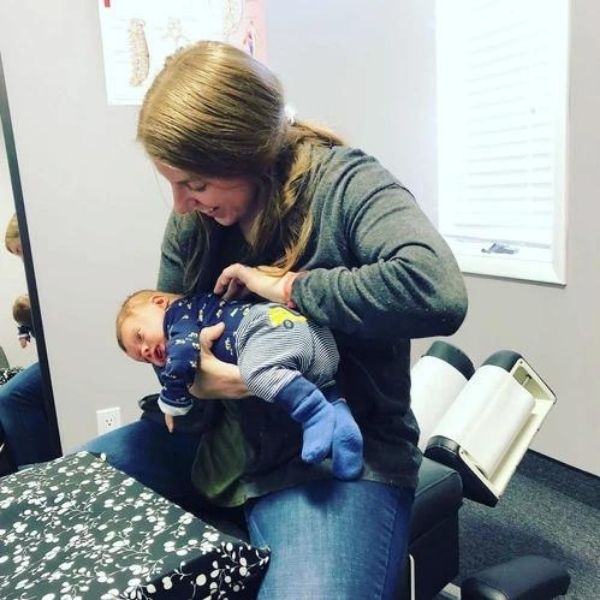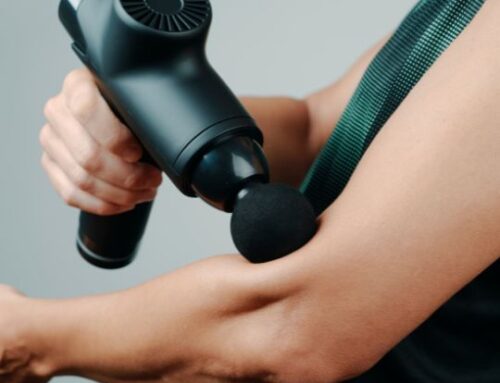If you are a parent, you have probably been told by your child’s pediatrician that you should be helping your child spend time each day in “tummy time”, but has anyone ever explained what this is or why this is so important to your child’s development? Let’s start with the basics, Tummy Time is exactly what it sounds like- lay your baby on their tummy! This can look different depending on the age of your child and we will expand on this in just a minute, but why is Tummy Time so important?
First and foremost, it helps develop the curves of the spine. When your baby is born, the spine has a natural “C” curve that will become three separate curves in the cervical, thoracic and lumbar regions of the spine as your baby grows and develops. The cervical spine curve is the first to change because of Tummy Time. While your baby gains control of their head and is able to lift it off the ground they are building muscle strength and tone in their neck and shoulders. This is the start of finding their balance that will be helpful for future milestones like rolling over, crawling, sitting and walking. Additionally, while lifting their heads the baby will counter their balance by pushing their feet into the ground. This action will help align the legs from the frog leg position into that of an older child and adult to be able to crawl and stand on two feet. Tummy Time will also help to prevent flat spots on the baby’s head, known as positional plagiocephaly.
Traditionally parents think Tummy Time occurs on a blanket on their floor but this is not always the easiest position for the baby, especially the younger the child is. Start by placing the baby’s chest and stomach on your chest, this is known as the heart to heart hold. This can be done with the parent sitting or standing or even using a baby wearing carrier. Another option is to use a football hold. Use your arms under the stomach of your baby to support him/her to allow Tummy Time to happen while still being held. As the baby grows, using a nursing pillow or a rolled blanket under their chest as support is a great way to begin the transition to the flat ground. Around 4 months is usually when babies enjoy laying on the flat surface and will tell you if they are ready and happy for this transition.
Movement is part of their development here so don’t be surprised when he/she rolls over or starts to move backwards as their feet, legs, arms and hands strengthen. You will also notice them lift their arms like they are flying, this is really helping to develop those spinal curves! Babies tend to enjoy Tummy Time more when they are able to interact with adults so get on the ground to talk to them and play. Leaving toys or mirrors in their line of vision can also help keep them engaged. Starting the process with short and frequent sessions can be very beneficial so consider working on Tummy Time after every diaper change or after waking from a nap. As the baby gets older sessions can occur for longer periods.
Ultimately, any small length of time is better than none as you can see it is necessary to help reach other milestones later in your child’s life.





